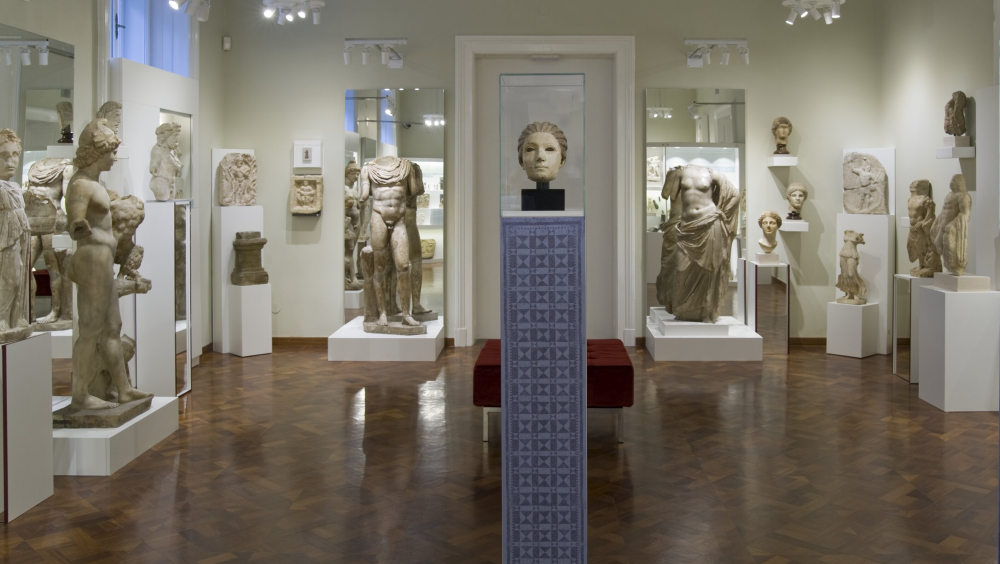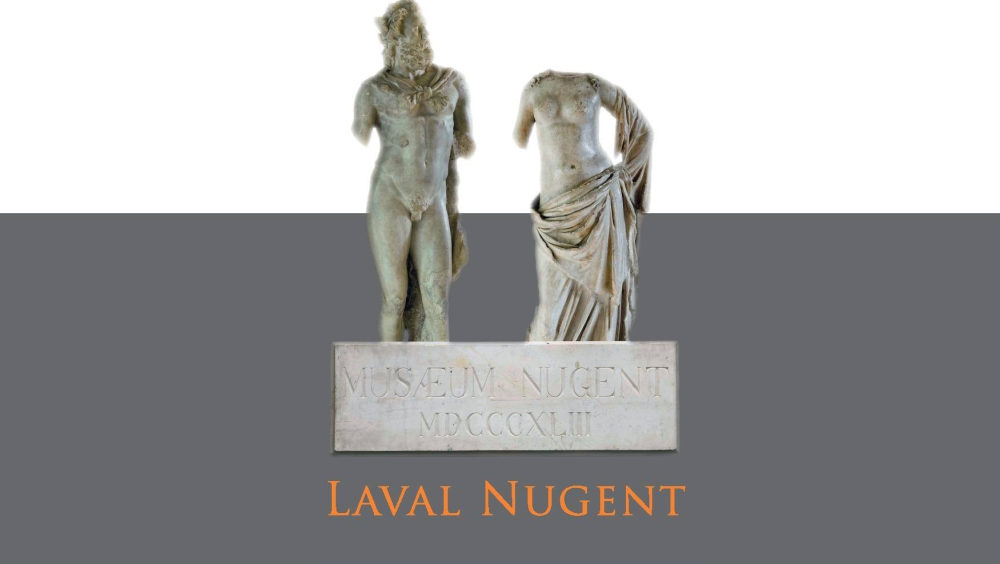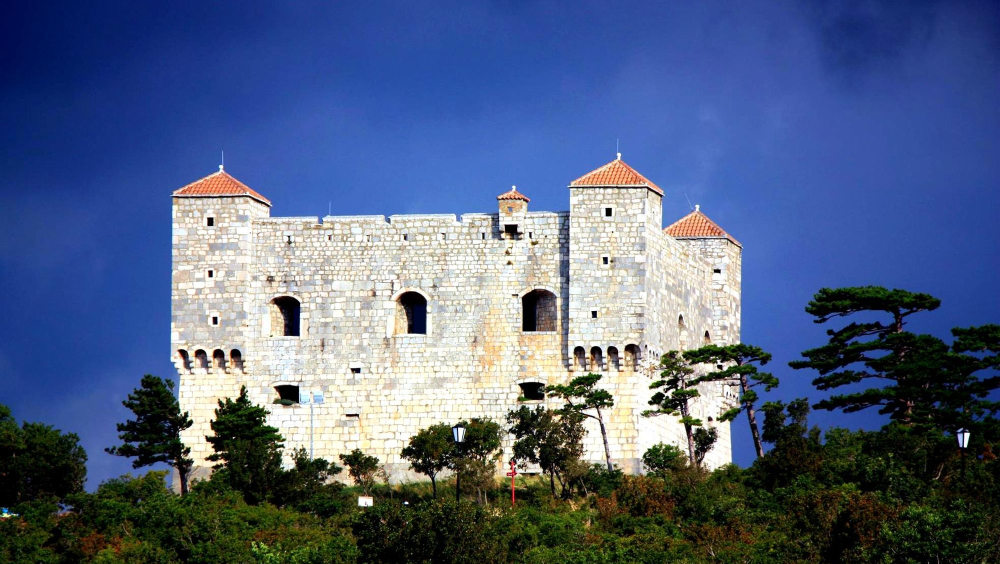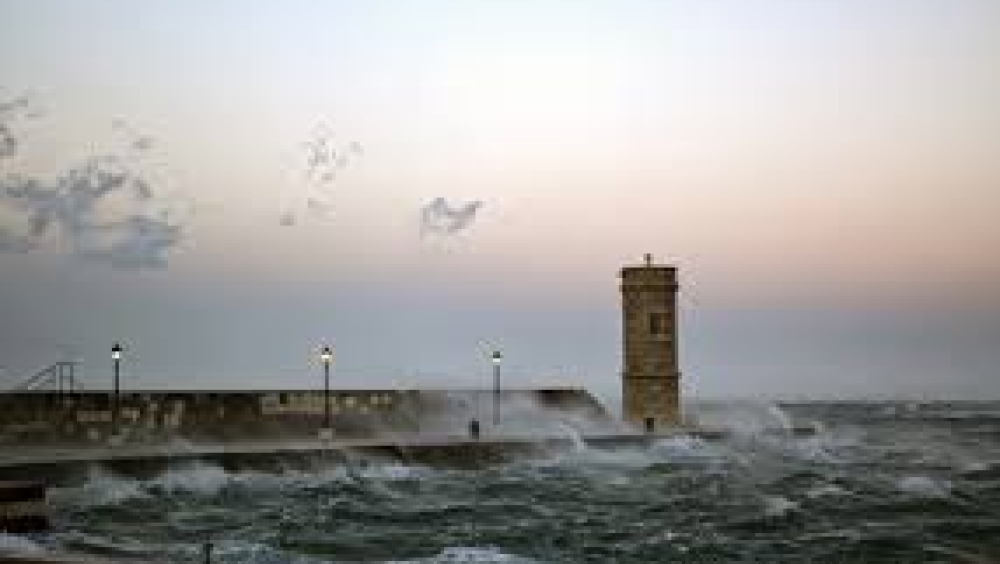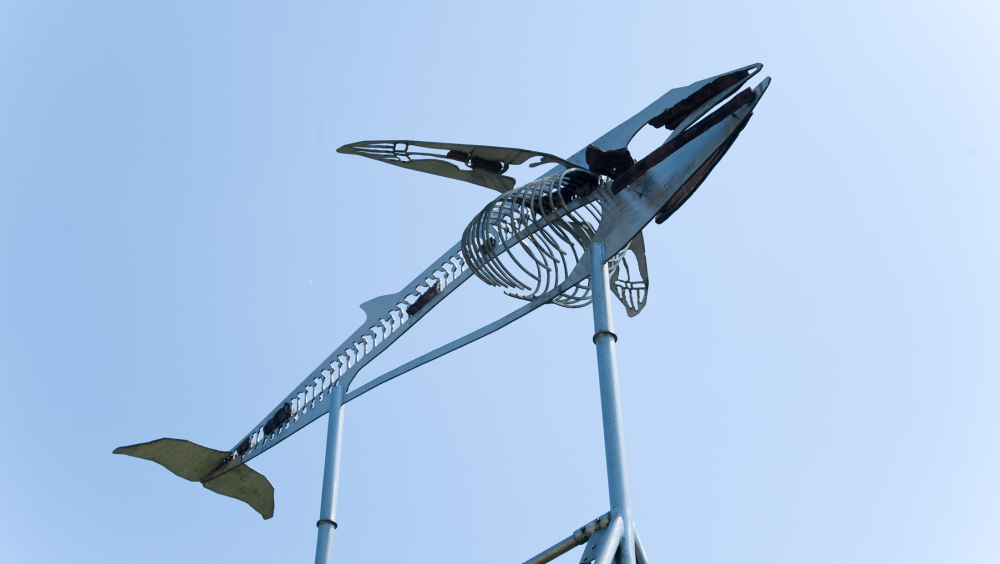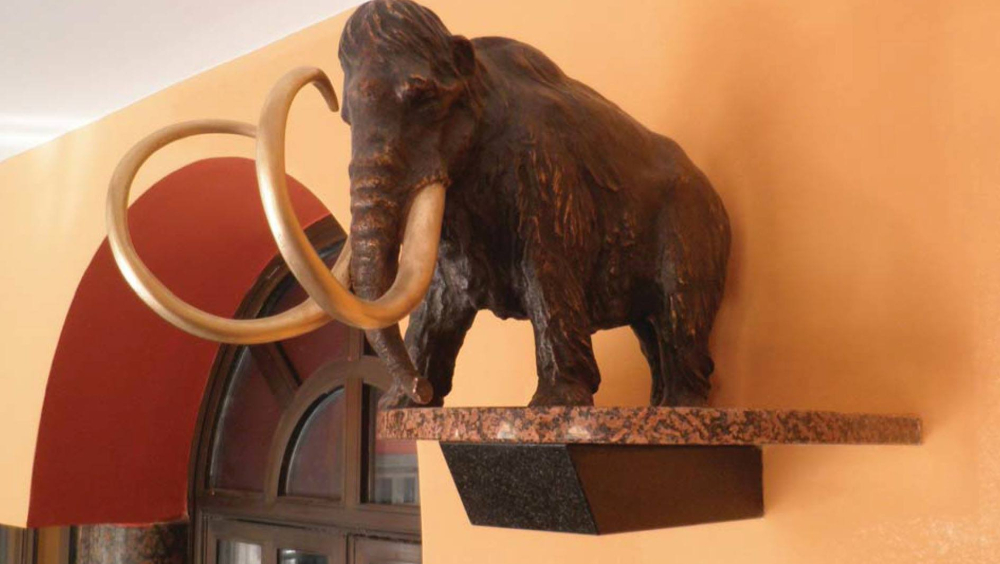A vivid story, living history in your pocket, to go!
“A people without the knowledge of their past history, origin and culture is like a tree without roots.” In today’s fast paced and hectic world cultural heritage often has a hard time competing. Modern gadgets, sophisticated applications, exuberant visualizations, or alluring social network content, all tend to attract attention and users on an unprecedented scale. But what if you can add cultural heritage to that mix and everyone can form their own narrative through a unique and individual interpretation of a particular topic? What if such reflexivity, vox populi, could form a narrative, wide presented, ever-changing and fluid? This is an idea yet to be explored and this is a story all about how such a thought could be flipped-turned upside down. The untold story that the CultureGo application tends to narrate is a recipe with numerous chefs; each user bringing their own ingredient, their grain of salt, their vision of sense, sharing their unique taste, understanding, feeling, impression, thought and essence to the whole-wide community. CultureGO is a pot where such narratives boil. Each user is direct creator of an ever amending narrative. Every tale formed is a unique, personal experience shared among the CultureGo community. Thus, the application presents a dish where everyone can participate in the cooking process, which will gather valuable experiences and information, compelling user’s interpretations, peculiar understandings, being a platform to share, collect, protect and communicate cultural heritage from user to user, amateur to professional, mother to son, neighbour to neighbour. In its preface it explores the virtual possibilities of three case studies: in-situ archaeological finds in Zagreb, an underdeveloped presentation of the coastal town of Senj, and an intriguing persona – Count Laval Nugent. These case studies prepare a kitchen where anyone can cook and everyone can eat.
Zagreb – from prehistory to medieval times Senj – a thousand years of cultural heritage Count Laval Nugent – an Irishman in the Austro-Hungarian Army with Frankopan land European cultural heritage An idea is born, why not connect it all? The CultureGo application begins… The main story, i.e. the CultureGO application, revolves around three different scenarios: the project “Zagreb before Zagreb - prior to 1094” (“Zagreb dok ga još ni bilo – prije 1094. godine”), the historic core of the town of Senj and the historical figure of Count Laval Nugent. These were chosen as different exposition points, whereupon future sites, monuments, people, cultural heritage in general could be modelled. The year 1990 marked the beginning of the preparations for the 900th anniversary of Zagreb Diocese (established in 1094, the date taken as the “birthday” of Zagreb). While a large exhibition of the most significant archaeological material from the Palaeolithic times to the 11th century was being set up, the idea came up to mark the most important archaeological and paleontological sites in the Zagreb region. The idea was to put up copies of the original monuments, kept in the Archaeological Museum in Zagreb and the Croatian Natural History Museum, on their original sites. Visitors, instead of coming to see the exhibits in the museums, would find their faithful copies in their everyday lives – in the streets, inside shop window or at the theatre. Each copy set in the urban environment raises awareness of historical legacy by thematising universal, omnipresent human occurrence such as love, sorrow, political demagogy, parenthood, communal goods, devotion, gratitude…. On the other hand, the town of Senj exhibits a different perspective. Its historic core offers a variety of cultural heritage hubs: several centuries-old buildings, squares, historic streets, fountains, fortification structures with objects such as cannons, famous people who worked or lived in the town, and other similar traits. However, almost the entire historic quarter would greatly profit from a workup, both physical and presentational. Nevertheless, a recent effort envisages the town in completely new light – Vision of Senj 2030. With the main protagonists, such as local communities, cultural heritage experts and European twinning towns, the vision seeks a platform for the plot beginning and setup. Could the conception of this quest be found in the virtual world? The third case study focuses on a particularly interesting individual – the count Laval Nugent. Irish by origin, French by legacy, Austrian by service, Croat by belonging, citizen of the world by identity, he was a field marshal of the Habsburg army, negotiator during the Napoleonic wars, favourite of Pope Pius VII, member of the Illyrian movement and undoubtedly a passionate collector of art. By marrying into the Frankopan aristocrat family he was fascinated by Croatian history and decided to invest in its heritage. He bought and refurbished former Frankopan property, such as castles Trsat, Dubovac or Stara Sušica. His actions left a curios footprint across the country, somewhat not widely recognized and presented in modern times to the extent it deserves, and a question: how to connect and present all of these puzzle pieces? After their initial setup, we reach the confrontation part in these stories. In a contemporary world, how can those stories attract users in the first place? How to encourage users to present their story, to express the emotion it evokes in them? Is it possible to look to the virtual for assistance, creating a potent mix, one family of the two worlds? It is in this pool that CultureGO aims to swim. The purpose of the CultureGO application is to build up a whole new theatre for cultural heritage, people, local communities and others to promote local heritage as they see it. This pilot project will correspond to modern user needs, where content is delivered directly to the potential visitor via the most common tools used today such as mobile phones, tablets, etc. Thus, an adventure/culture-seeker needs only to have the CultureGO application to alert him when he is the vicinity of, for example, Nugent’s fort in Karlovac. If that is their cup of tea, the app will guide him directly to the site additionally providing stories given by professionals or those written by previous visitors-interpreters. Moreover, the sites also act as social network hubs, where visitors can exchange their content, thoughts, ideas, make and share their story, in the flesh or virtually, write a simple review, or offer advice to other potential visitors. Simply leaving a review is nothing new, whereas a possibility to offer a personal interpretation and creating such a live and vivid personal narrative, accessible and global, is. Programme wise, the pilot application will utilize already existing technology (e.g. Google Maps for mapping locations) while the three case studies used will provide the framework and best practices examples to expand upon a larger network of cultural heritage sometime in the future. The first results and an opportunity to contribute with input will be provided at a European Heritage Days event organized in the Archaeological Museum in Zagreb to publicly kick-off the effort and aims of the story. An echo of the response, both positive and negative, will be monitored for all three studies, by outreach and engagement, virtually and physically. Furthermore, the app not only additionally promotes the actual sites themselves, for example helping local businesses grow with increased visits, but also works on the physical activity and footwork of the adventurers. As it aims to get people moving, the hope is to bridge a generational gap, merge the virtual with the physical, encourage and transcend inclusivity and to offer a new way of interaction between cultural heritage and those who wish to preserve and promote it for generations to come.
The CultureGO application aims to start a chain reaction on multiple levels by promoting heritage found across Europe. Firstly, the intent is to evoke an emotion, any sort of reaction which ties people with their cultural heritage, be it awe, curiosity, knowledge seeking, looking for fun or distractions, or to establish a bond. On the ground level it will help people understand it is their heritage, i.e. “my heritage”, it cannot be conserved or interpreted without them. Enriched by unusual and novel experiences this sets the stage for a wider acceptance – the sense of belonging to a wider pan-European hub, either through common emotions, goals, objects, etc., or purely in the sense of “Happiness is contagious, spread it!” Such a step forward provokes the next reaction, i.e. that cultural heritage might be a valuable asset, with overdue rewards and a commitment that they see pays off. Intercultural dialogue and mutual exchanges across borders, an example of everlasting energy and cultural diversity inspires people towards common values and further integration on a larger scale. The final result? A complete upscale of cultural heritage promotion, presentation, protection, virtual and physical exchange, inclusivity through an interaction of locals, experts, visitors, resulting in the creation of a unifying, natural network of cooperation through an omni-changing concept of the reflexive communication.
